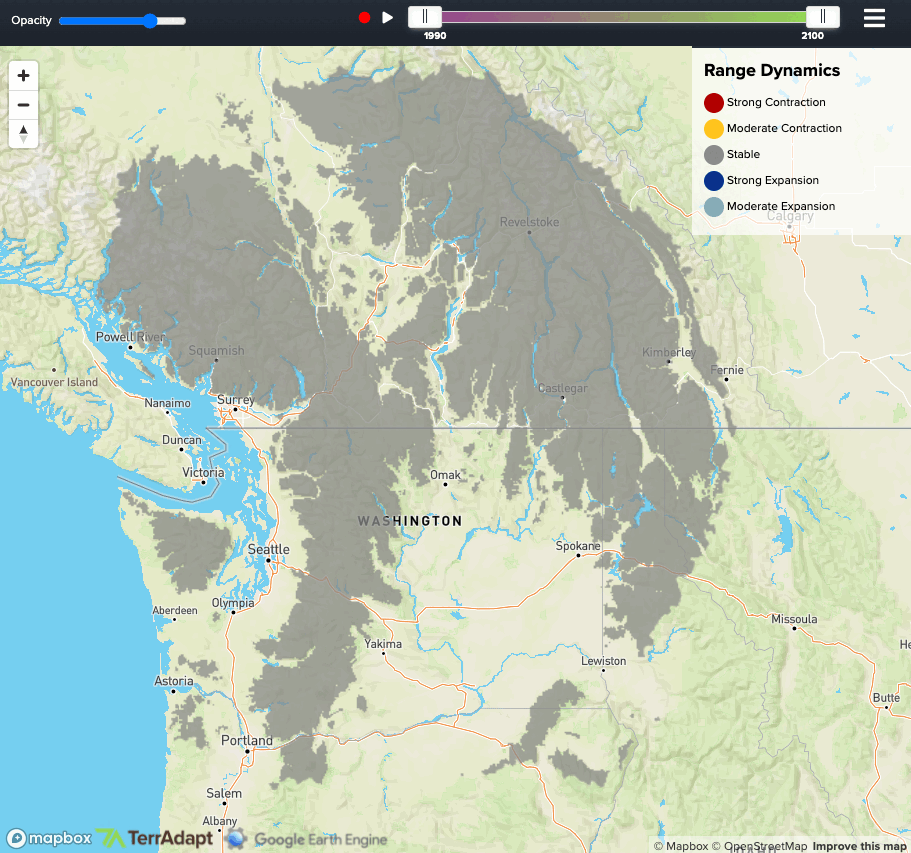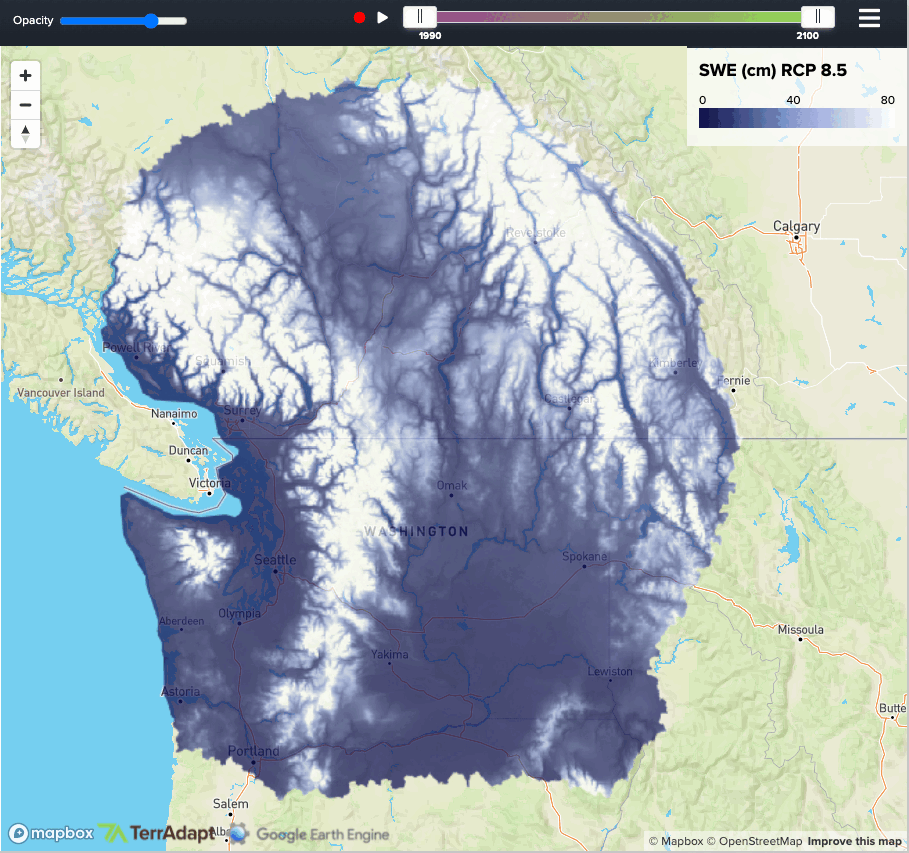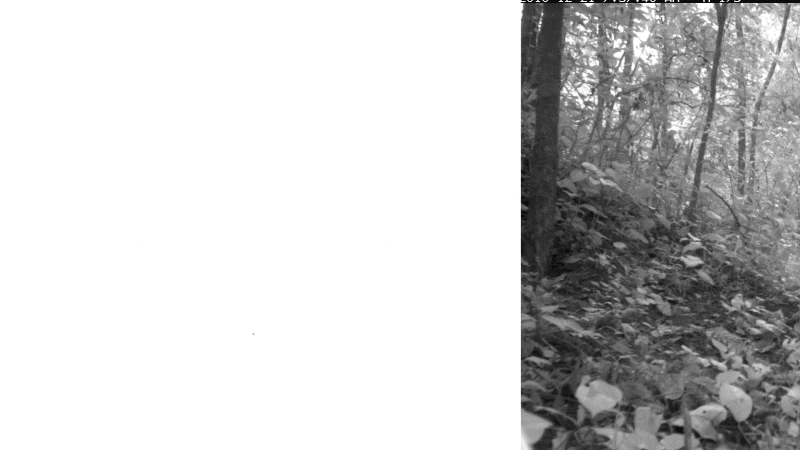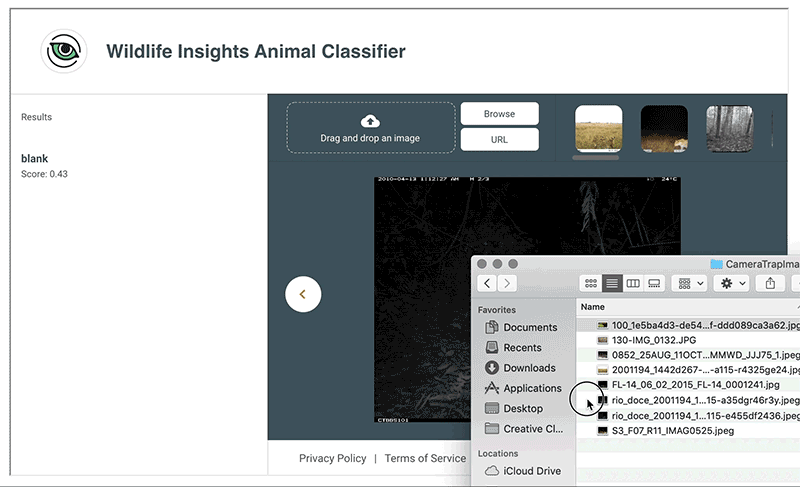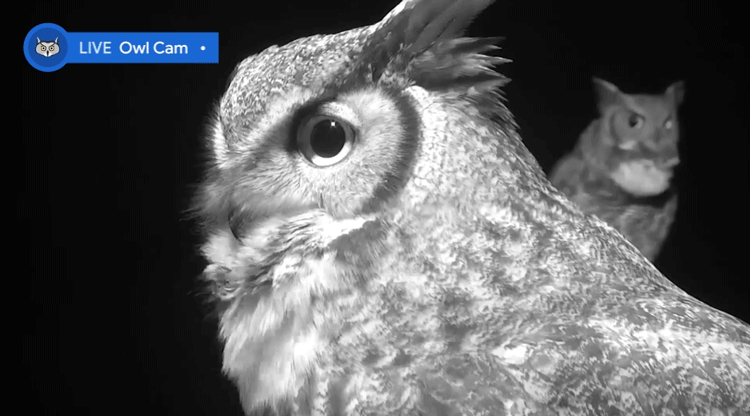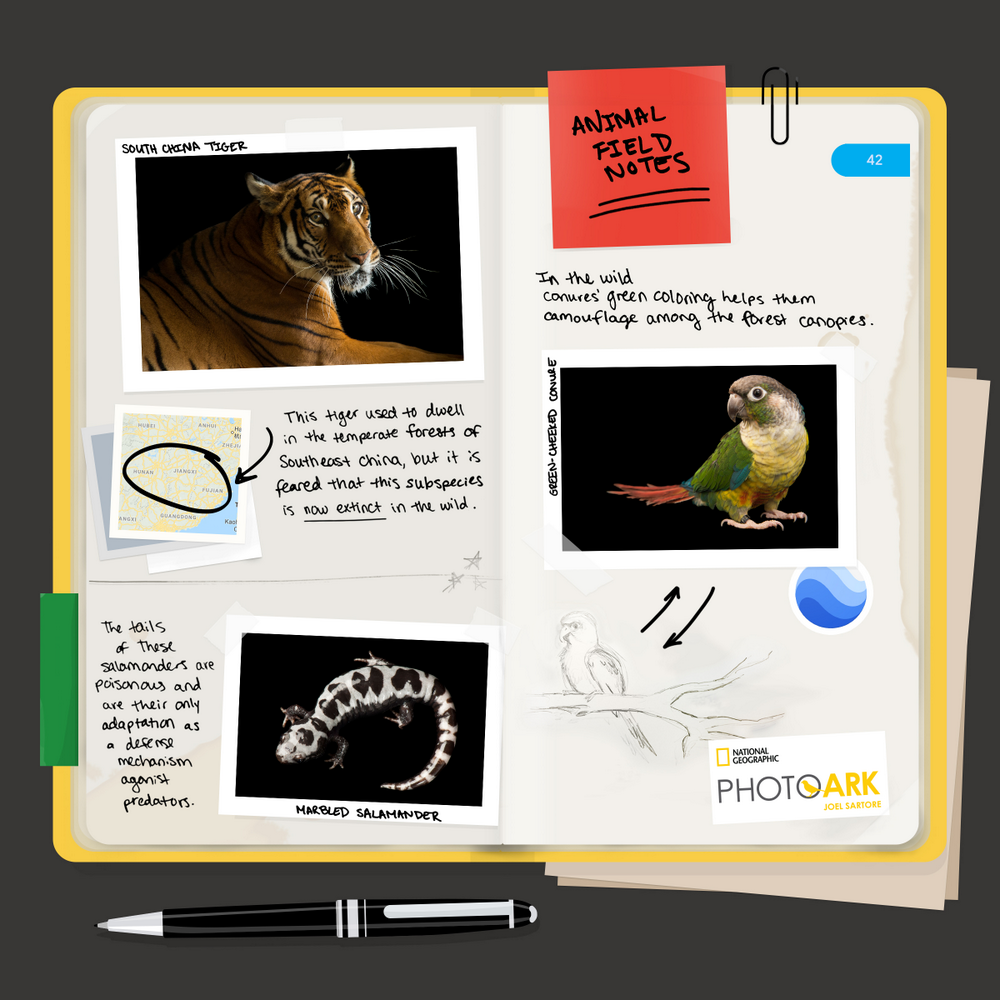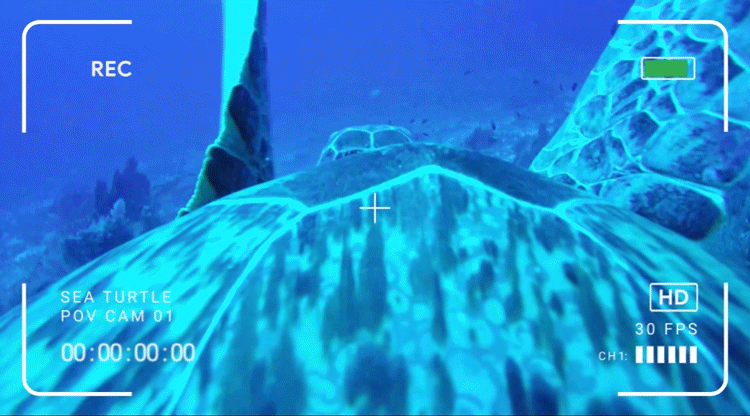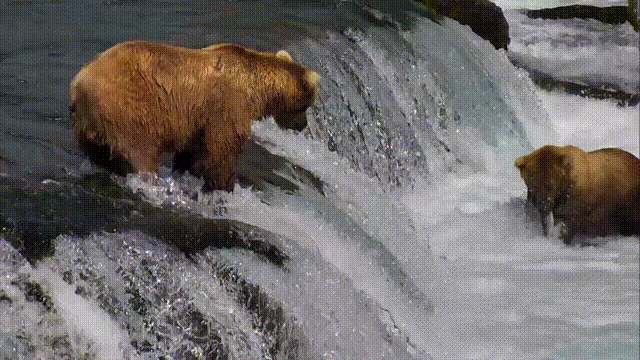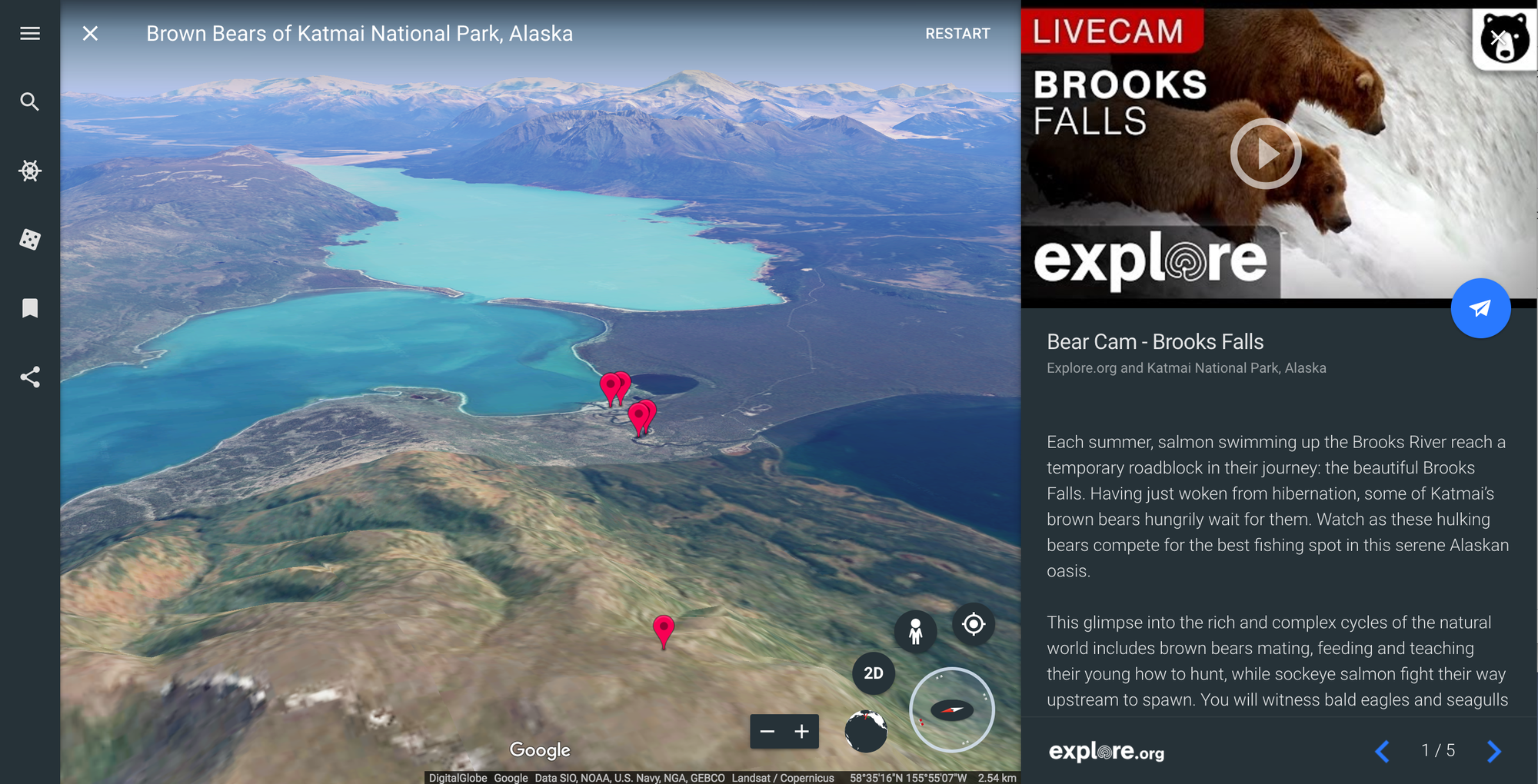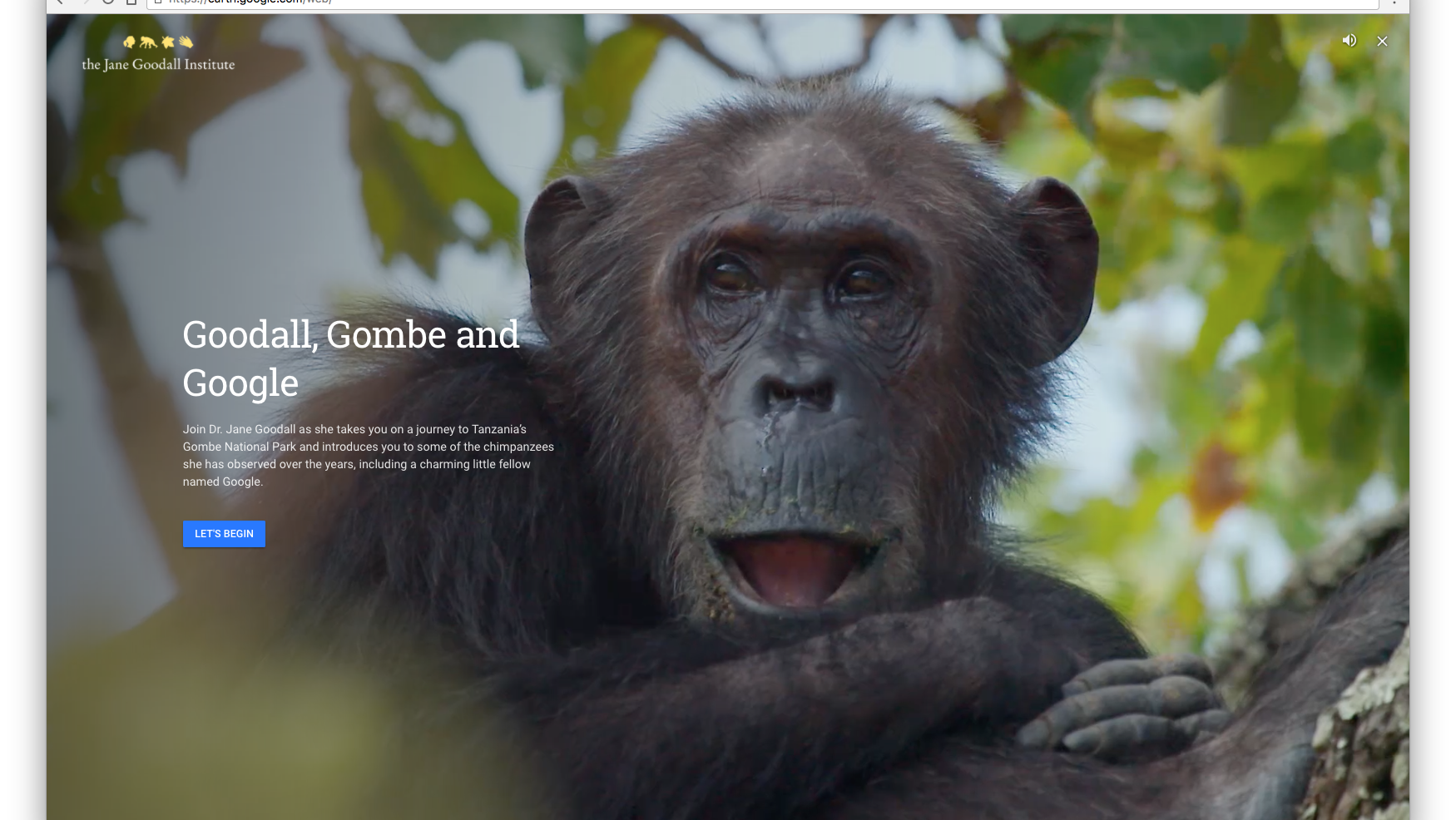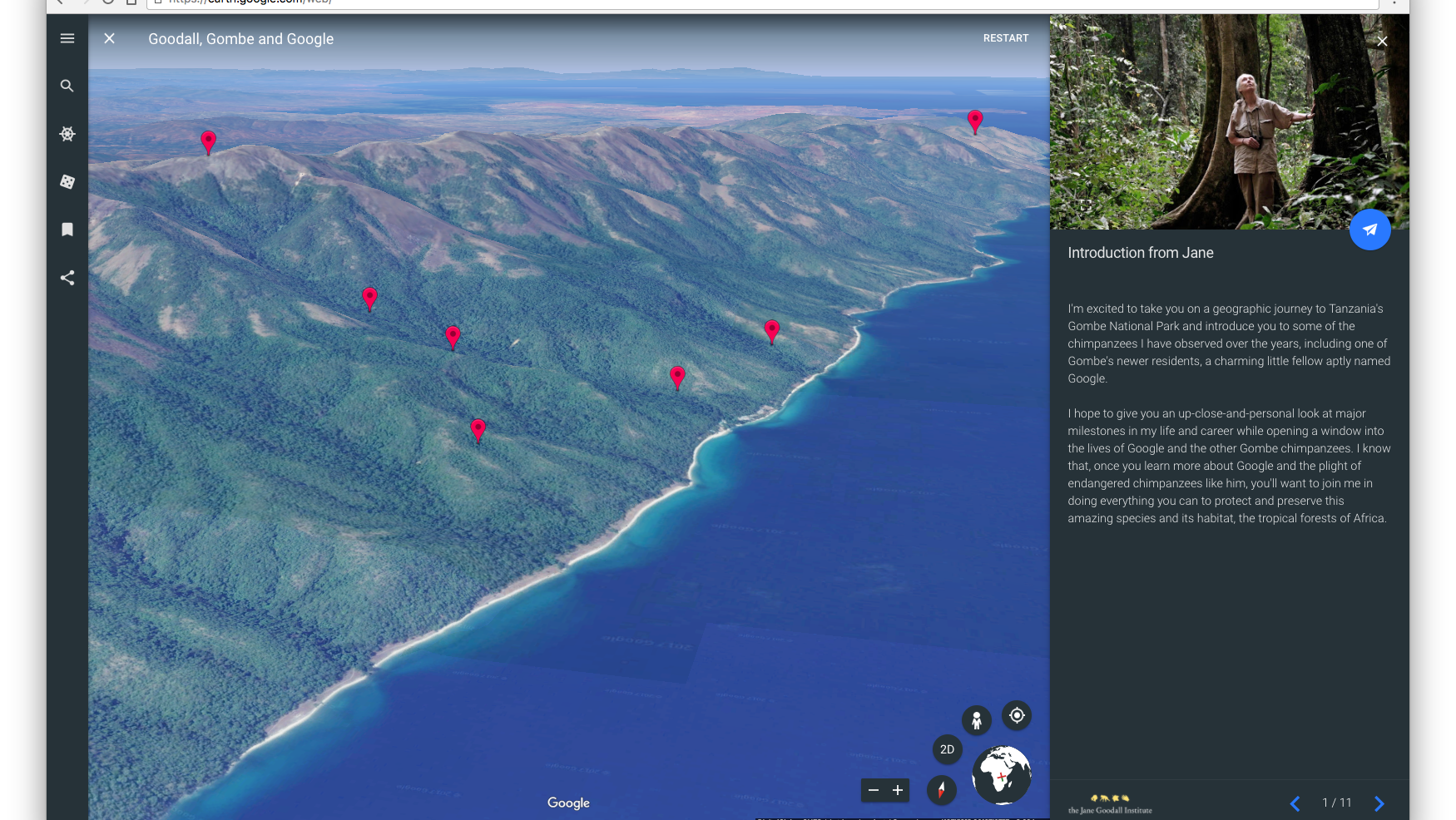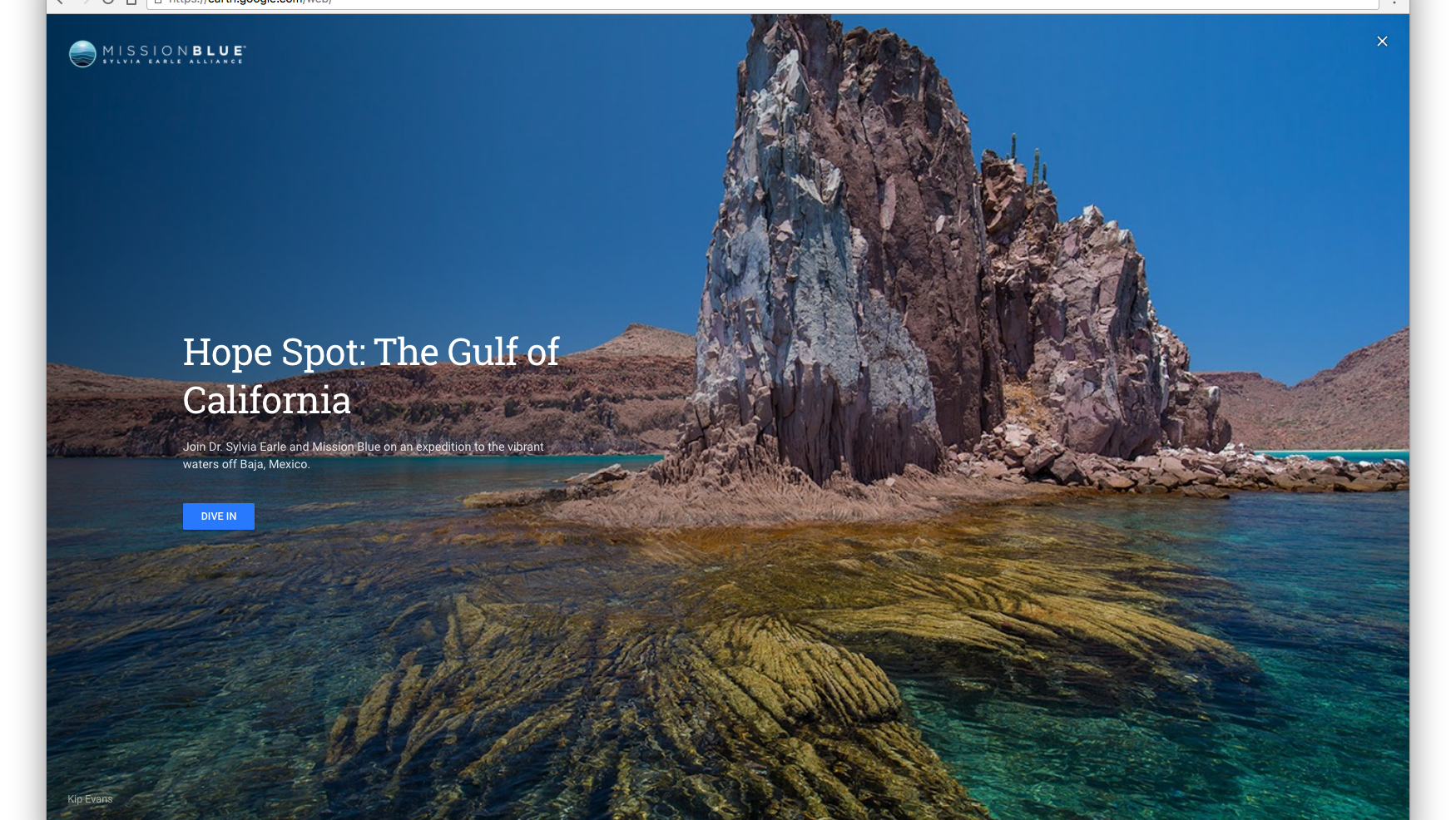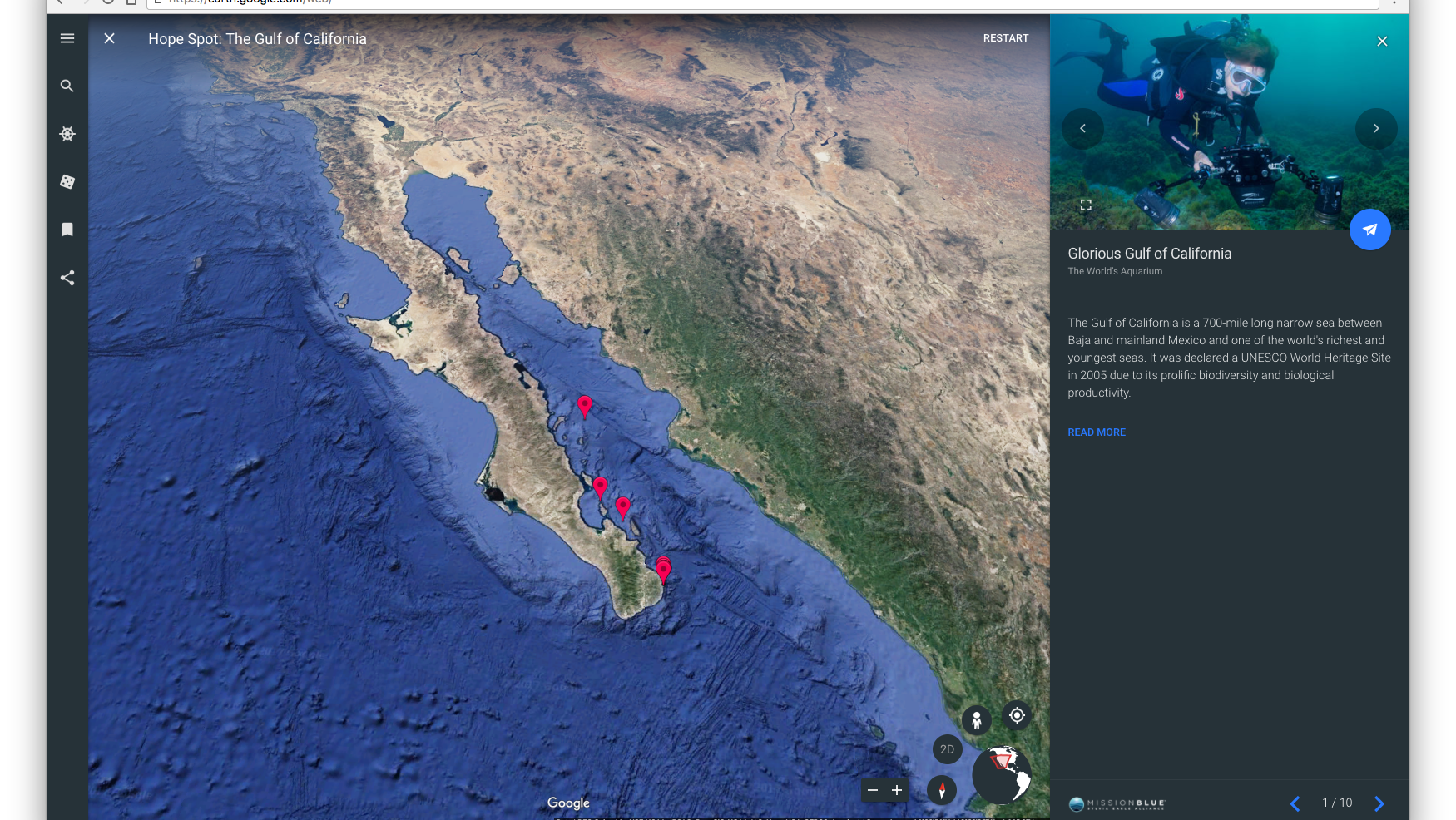Our planet is changing dramatically in ways that are visible even from space. These changes are in part because of climate change amplifying environmental disturbances, like wildfires and floods, and human activity, like deforestation and urban development. Detailed information about these changes and their impact on people, the climate, and ecosystems can help governments and researchers develop helpful solutions and minimize their effects on issues like climate change, food insecurity and loss of biodiversity.
Historically, it’s been difficult to access detailed, up-to-date land cover data which documents how much of a region is covered with different land and water types such as wetlands, forests, agricultural crops, trees, urban development and more.
To help turn satellite imagery into more useful information for quantifying change, we worked with the World Resources Institute (WRI) to create Dynamic World. Powered by Google Earth Engine and AI Platform, Dynamic World provides global, near real-time land cover data at a ten-meter resolution, giving an unprecedented level of detail about what's on the land and how it's being used — whether it’s forests in the Amazon, agriculture in Asia, urban development in Europe or seasonal water resources in North America. With this information, people — like scientists and policymakers — can monitor and understand land and ecosystems so they can make more accurate predictions and effective plans to protect our planet in the future.
A more detailed understanding of earth’s land than ever before
Currently, most existing datasets assign a single land cover type to an area of land — like trees, built-up, crops or snow — based on what’s most prominent in a satellite image combined with an expert’s determination of the land cover. So current datasets might classify a satellite image of a city as ‘built-up,’ but visit any city and you’ll see our world is far more dynamic. While you might see lots of buildings, you’ll also see trees or even snow on the ground from a recent storm.
To create a more accurate understanding of land cover with Dynamic World, our partners at WRI identified the nine most critical land cover types we wanted to classify: water, flooded vegetation, built-up areas, trees, crops, bare ground, grass, shrub/scrub, and snow/ice. Dynamic World uses our AI and cloud computing to detect combinations of different land cover types and make conclusions about how likely it is for each of the nine types to be present in every pixel (about 1,100 square feet of land) of a satellite image.
This level of insight into how land is being used can help public, private and non-profit decision makers better understand what’s happening to the world’s land. With this knowledge, they can develop plans to protect, manage and restore land, and monitor the effectiveness of those plans using alert systems to notify when unforeseen land changes are taking place.
As Craig Hanson, Vice President of Food, Forests, Water and the Ocean at the World Resources Institute, explains: “The global land squeeze pressures us to find smarter, efficient, and more sustainable ways to use land. If the world is to produce what is needed from land, protect the nature that remains and restore some of what has been lost, we need trusted, near real-time monitoring of every hectare of the planet.”
A near real time, regularly updating dataset
Not only is our world more dynamic than individual land types, it’s also constantly changing. Current global land cover maps can take months to produce, and typically only provide land cover data on a monthly or annual basis. With our AI model analyzing Copernicus Sentinel-2 satellite images as they become available, over 5,000 Dynamic World images are produced every day, providing land cover data dating back to June 2015 to as recently as two days ago.
This means that not only is the land cover information in Dynamic World more detailed, but it's also more timely within any given day, week or month than existing datasets. This level of detail allows scientists and policymakers to detect and quantify the extent of recent events anywhere on the globe — such as snowstorms, wildfires or volcanic eruptions — within days.
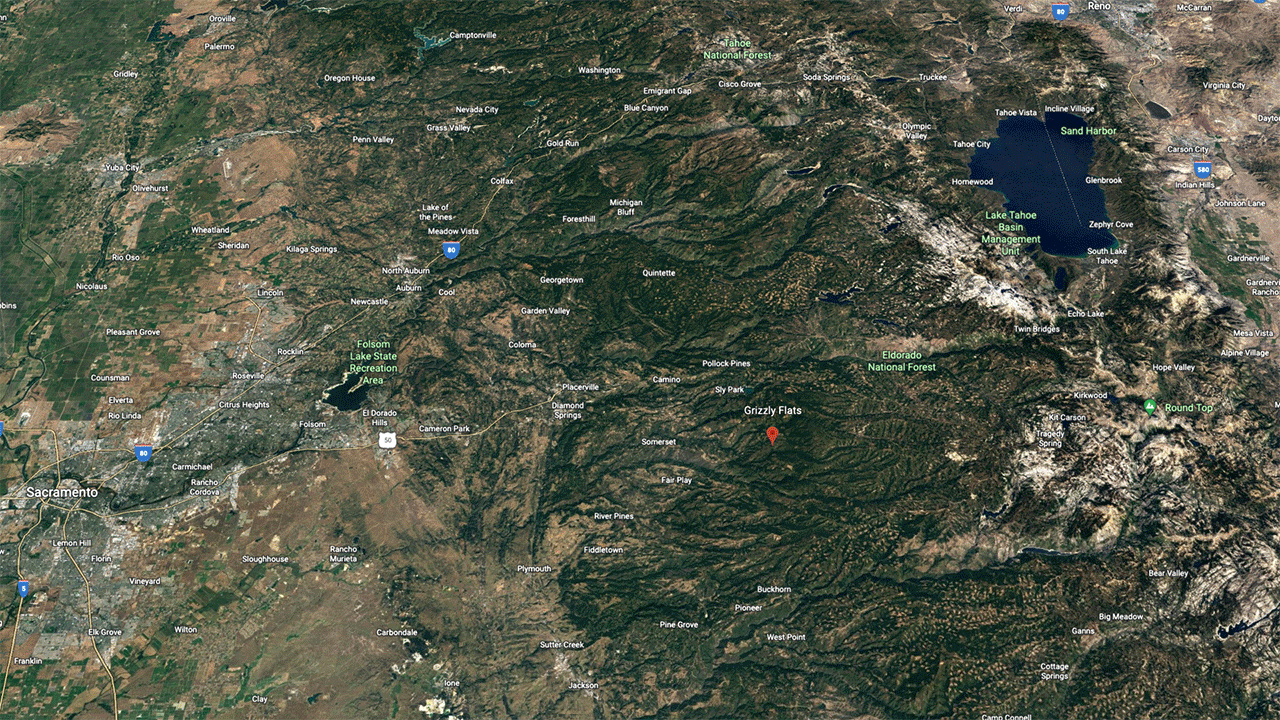
Satellite imagery translated into Dynamic World imagery showing land in El Dorado County, California changing from trees, indicated in green, to shrub/scrub, indicated in yellow, days after the Caldor Fire burned 221,775 acres of land beginning August 14, 2021.
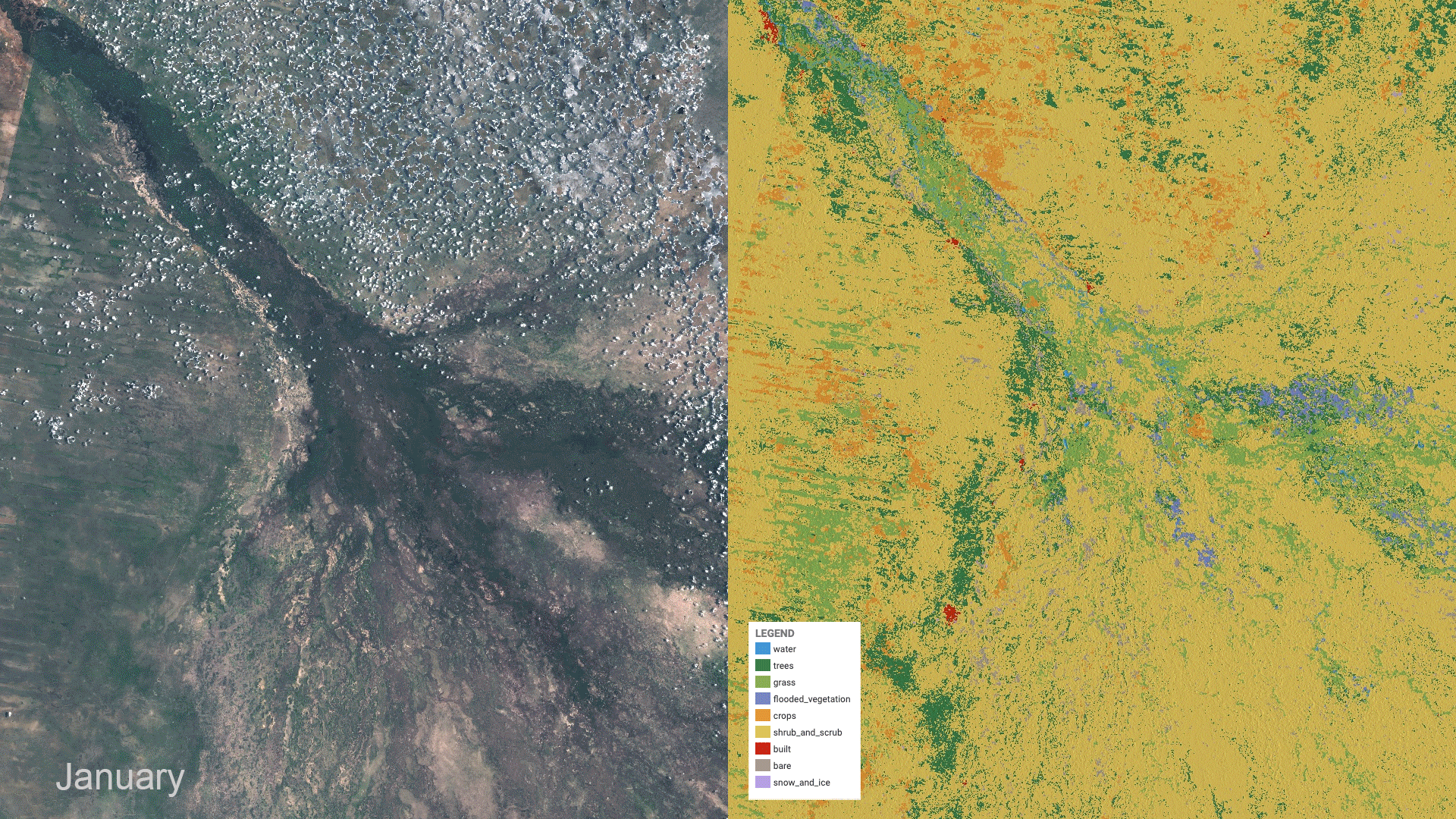
Sentinel-2 satellite imagery (left) and Dynamic World dataset (right) show typical seasonal changes in the Okavango Delta in Botswana.
Dynamic World allows researchers to build their own maps based on the outputs of our machine learning model, a major advancement in mapmaking. Researchers can combine local information with the data from Dynamic World to produce a new map, for example a map that analyzes crop harvests between particular dates. Dynamic World is also useful for understanding longer-term trends of seasonal ecosystem change, as seen in the Okavango Delta, an area that attracts thirsty wildlife when it floods in July and August and then dries from September to October.
We’re excited to put this open, freely available dataset and the methodology behind it into the hands of scientists, researchers, governments and companies. Together, we can make wiser decisions to protect, manage and restore our forests, nature and ecosystems.
Dynamic World is one of the largest global-scale land cover datasets produced to date, and is the first of its kind at 10 meter resolution in near real-time. A peer-reviewed paper about Dynamic World was published today in Nature Scientific Data. Explore the data at dynamicworld.app and access Dynamic World in Google Earth Engine and on Resource Watch.
